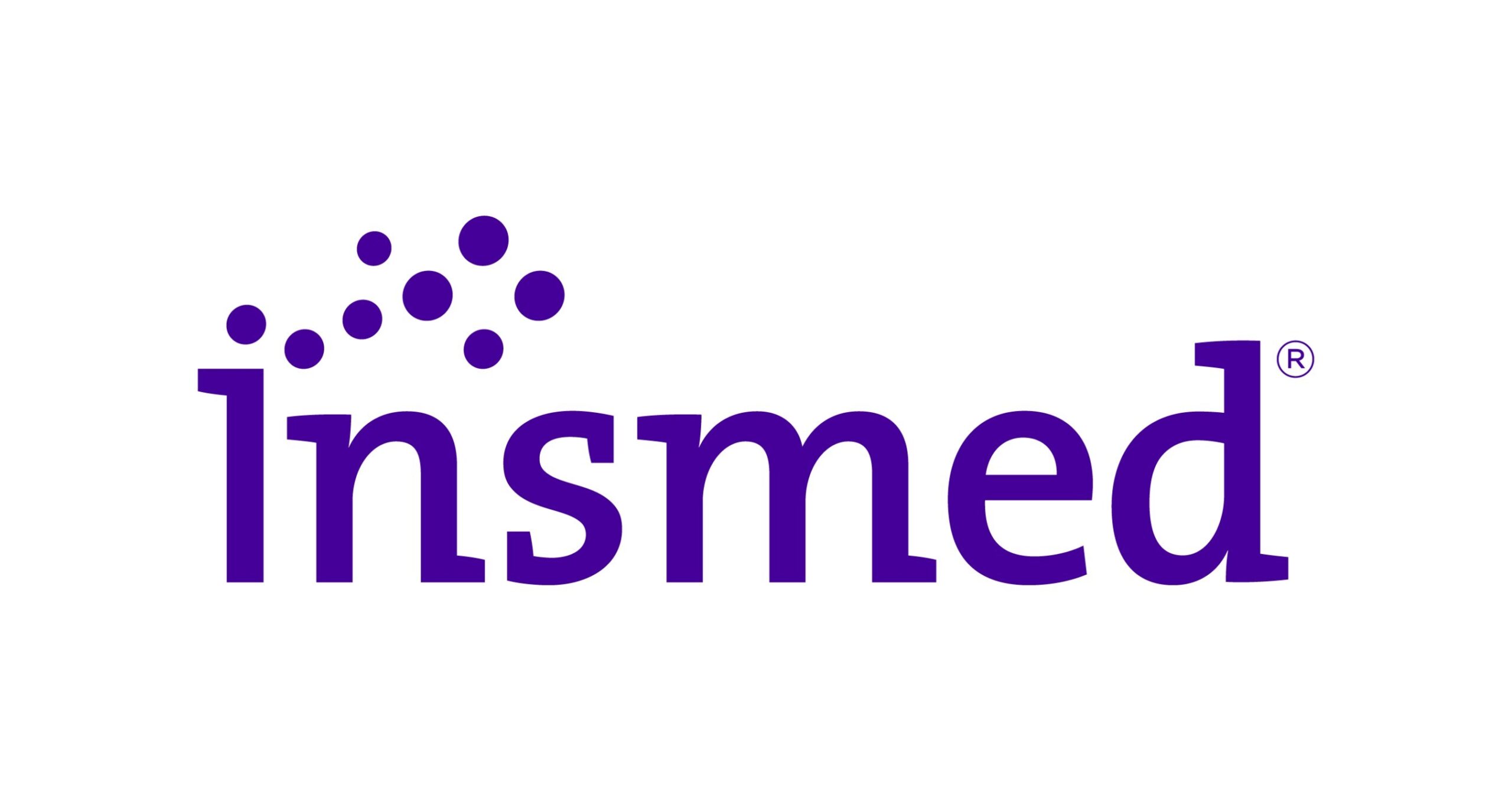BRIDGEWATER, N.J., Nov. 5, 2025 /PRNewswire/ — Insmed Incorporated (Nasdaq: INSM), a people-first global biopharmaceutical company striving to deliver first- and best-in-class therapies to transform the lives of patients facing serious diseases, today announced that management will present at the following investor conferences:
- Jefferies Global Healthcare Conference in London, on Tuesday, November 18, 2025, at 8:30 a.m. GT / 3:30 a.m. ET.
- Evercore 8th Annual Healthcare Conference in Coral Gables, Florida, on Tuesday, December 2, 2025, at 11:15 a.m. ET.
These events will be webcast live and can be accessed by visiting the investor relations section of the Company’s website at www.insmed.com. Webcasts will be archived for a period of 30 days following the conclusion of the live events.
About Insmed
Insmed Incorporated is a people-first global biopharmaceutical company striving to deliver first- and best-in-class therapies to transform the lives of patients facing serious diseases. The Company is advancing a diverse portfolio of approved and mid- to late-stage investigational medicines as well as cutting-edge drug discovery focused on serving patient communities where the need is greatest. Insmed’s most advanced programs are in pulmonary and inflammatory conditions, including two approved therapies to treat chronic, debilitating lung diseases. The Company’s early-stage programs encompass a wide range of technologies and modalities, including gene therapy, AI-driven protein engineering, protein manufacturing, RNA end-joining, and synthetic rescue.
Headquartered in Bridgewater, New Jersey, Insmed has offices and research locations throughout the United States, Europe, and Japan. Insmed is proud to be recognized as one of the best employers in the biopharmaceutical industry, including spending five consecutive years as the No. 1 Science Top Employer. Visit www.insmed.com to learn more or follow us on LinkedIn, Instagram, YouTube, and X.
Contact:
Investors:
Bryan Dunn
Vice President, Investor Relations
(646) 812-4030
[email protected]
Media:
Claire Mulhearn
Vice President, Corporate Communications
(862) 842-6819
[email protected]
SOURCE Insmed Incorporated
